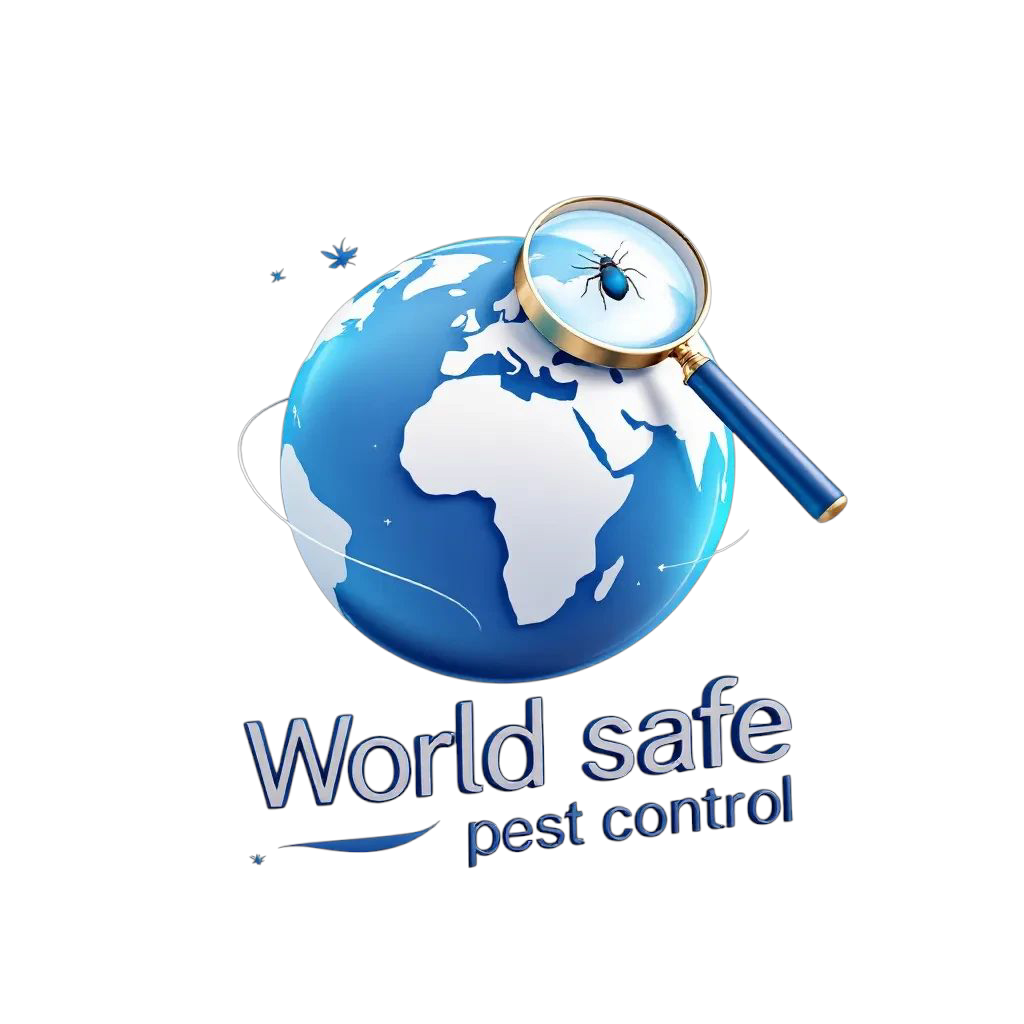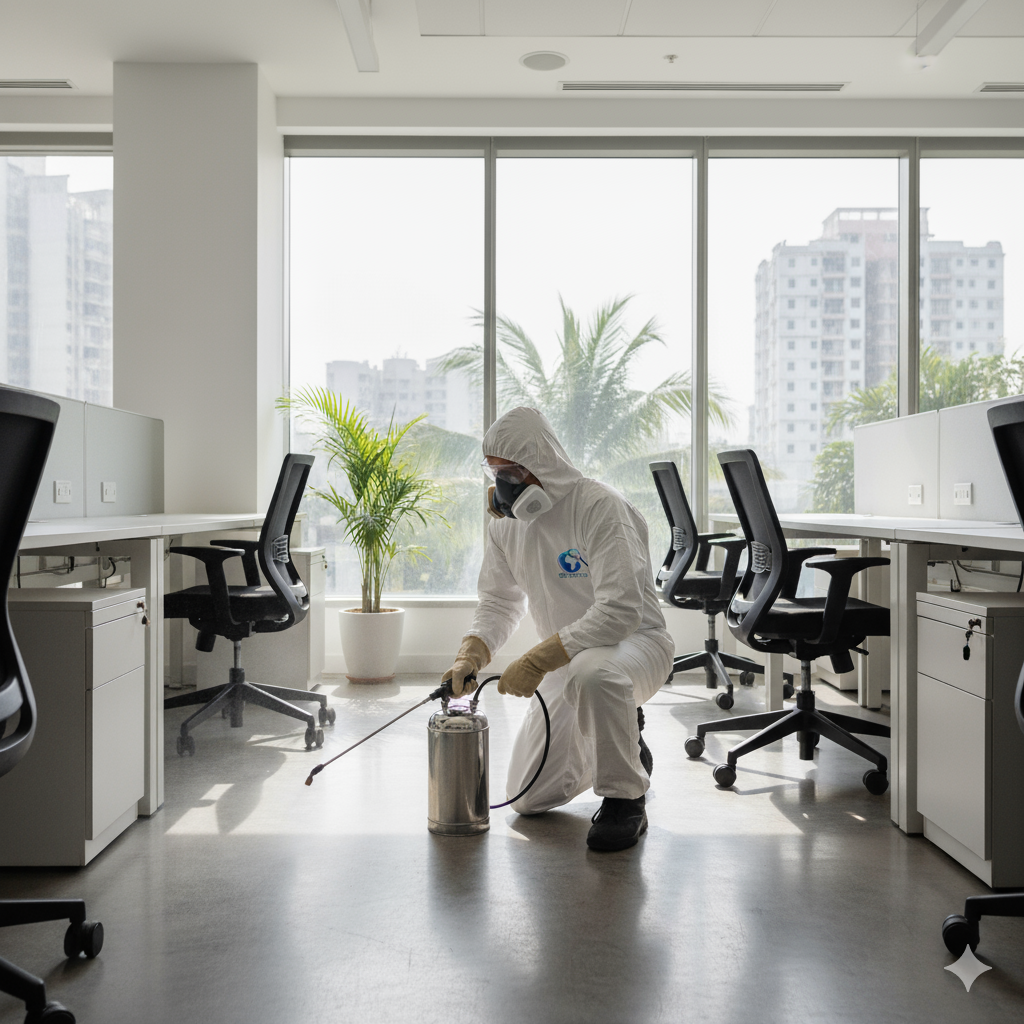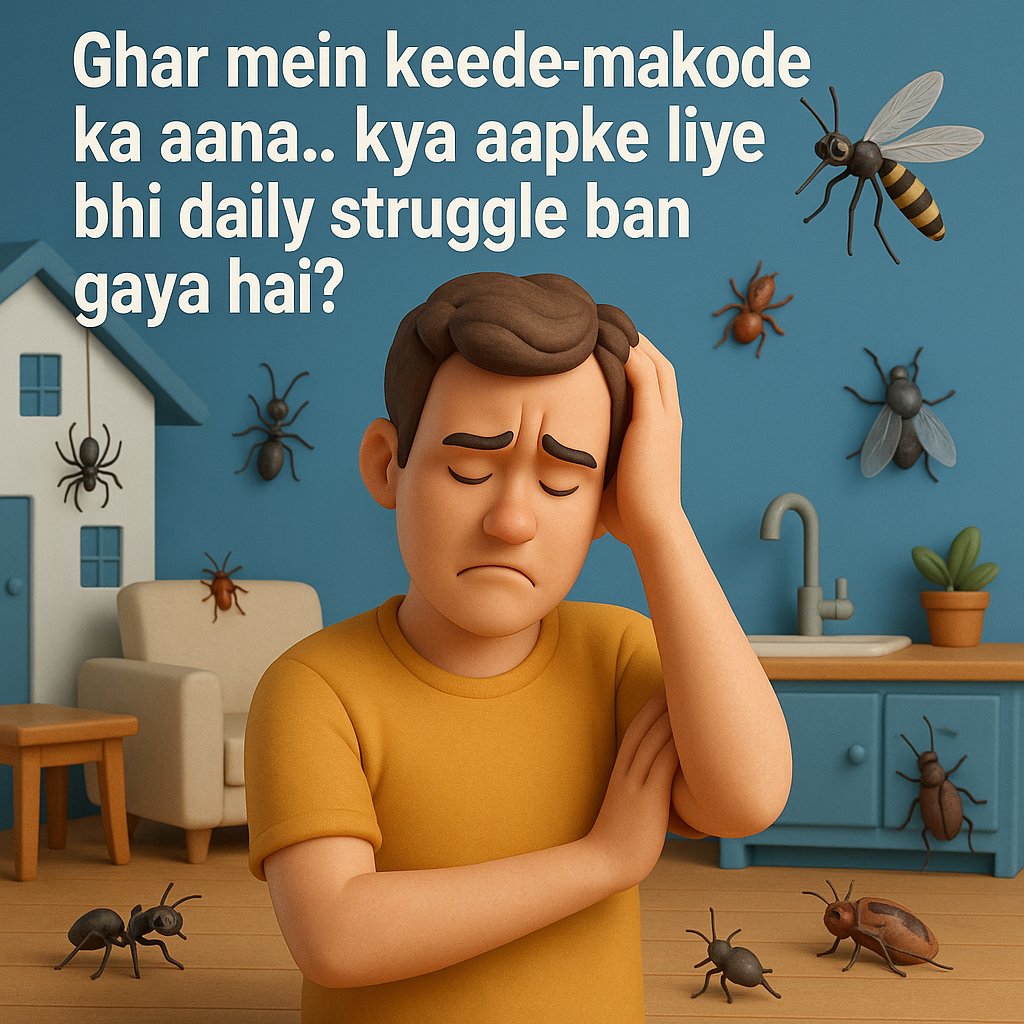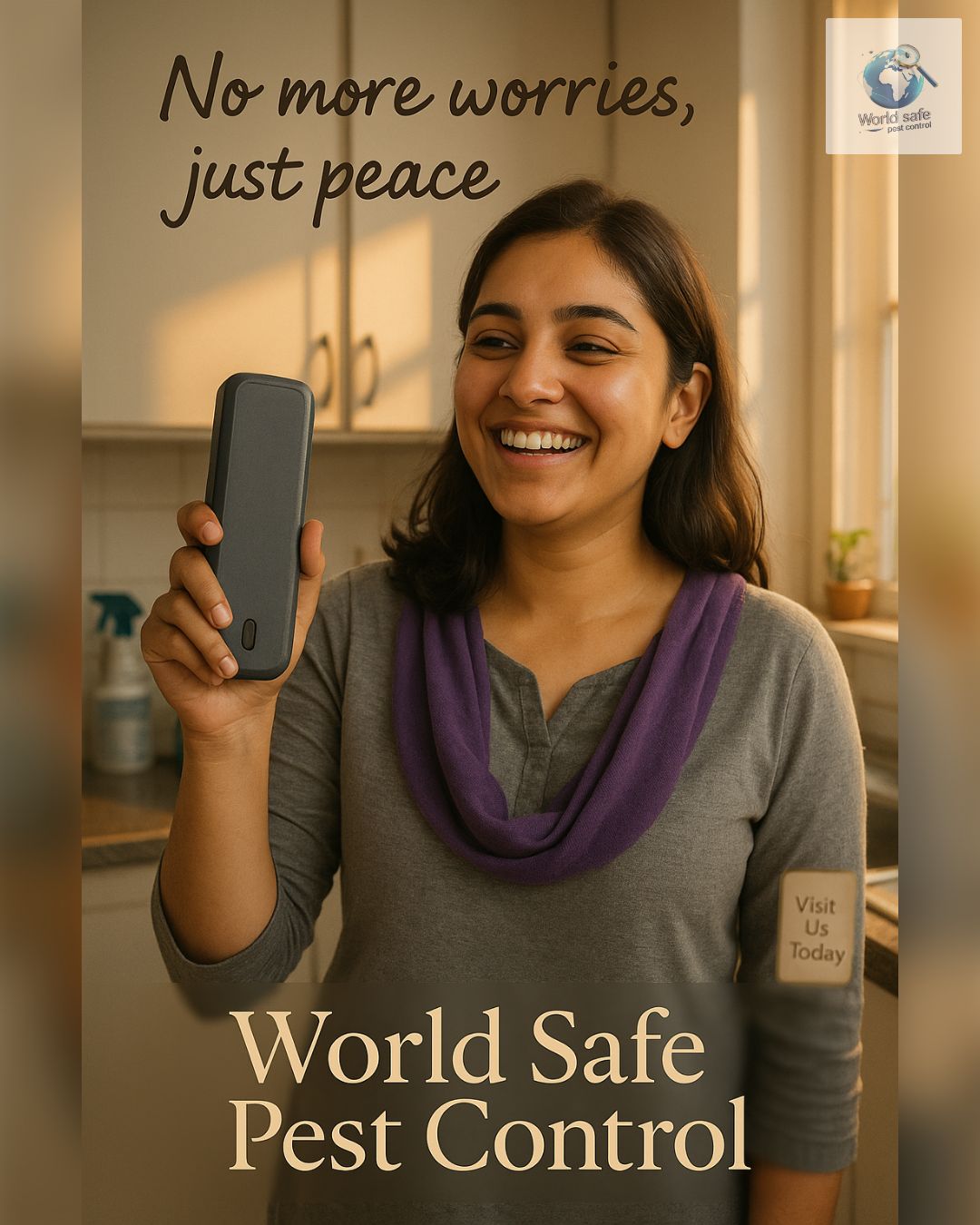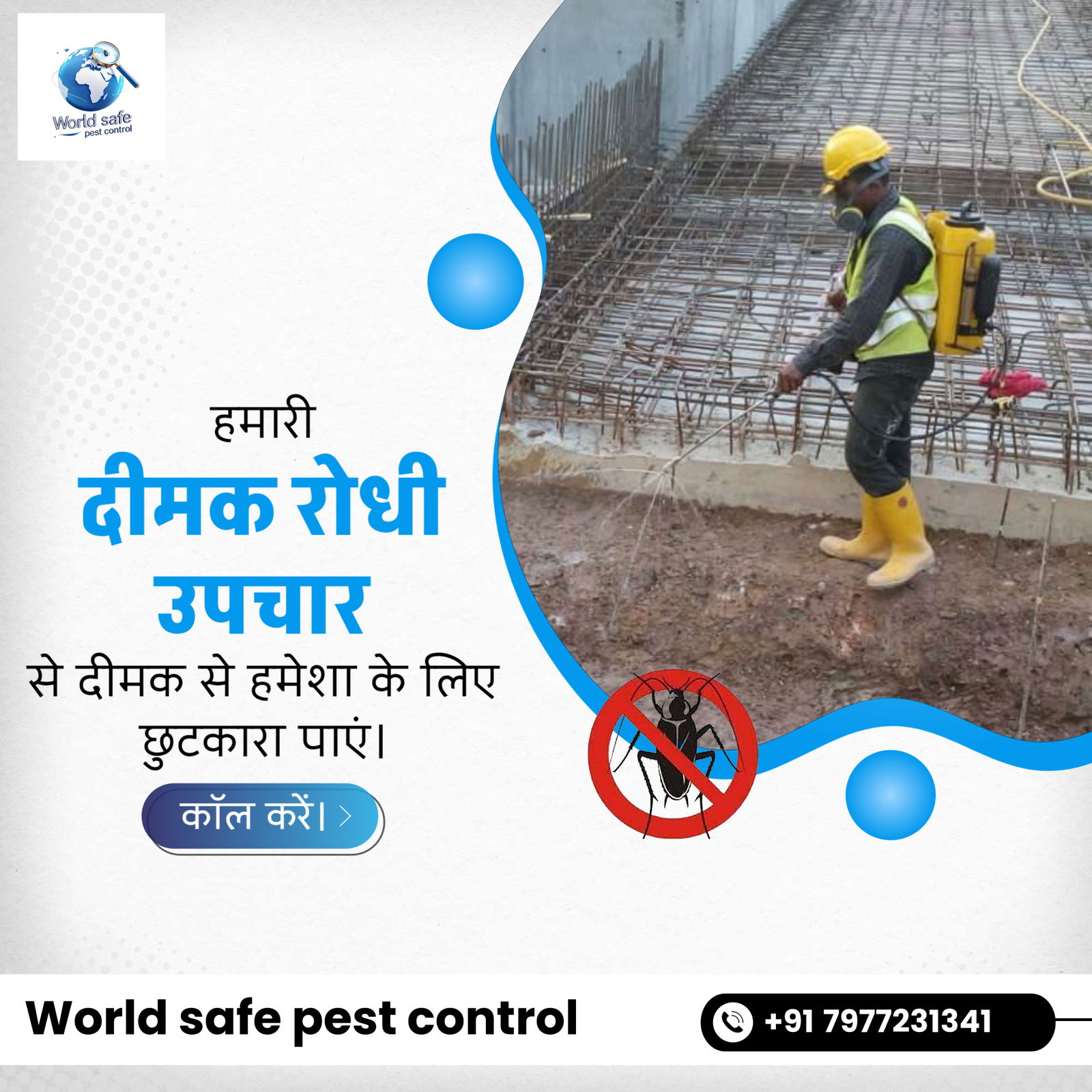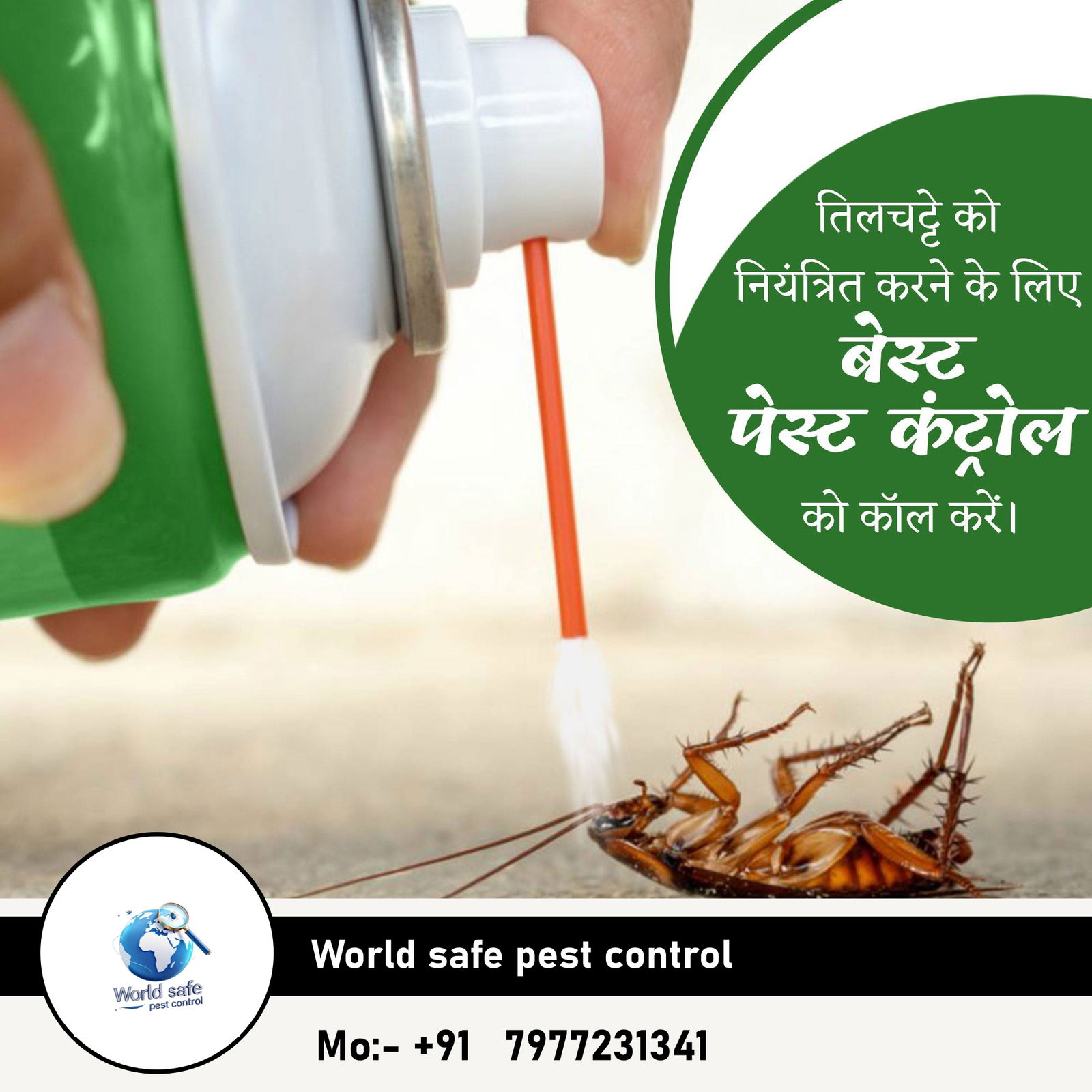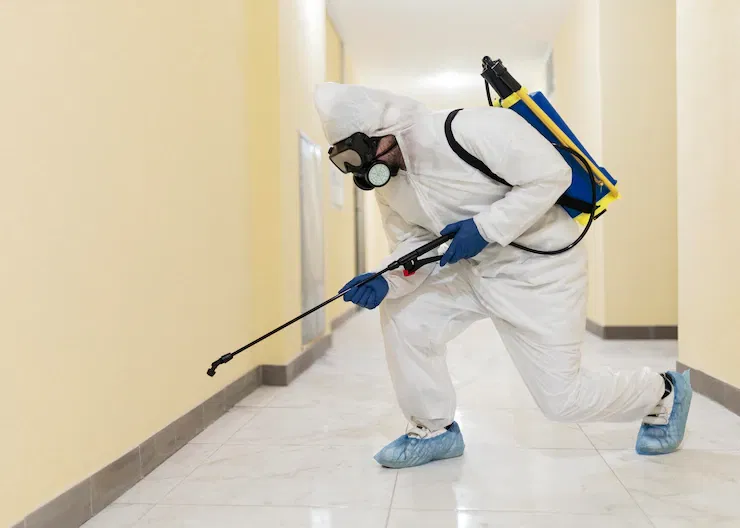
Pest control services pest control cockroach services pest control services in goregaon
World safe pest control refers to pest management practices that minimize harm to the environment, reduce the use of toxic chemicals, and promote the long-term well-being of ecosystems. These methods use natural, organic, and eco-friendly alternatives to traditional pesticides. The goal is to create an effective pest management system that poses no threat to human health, wildlife, or the planet.
Key Principles of World Safe Pest Control
Integrated Pest Management (IPM)
Integrated Pest Management (IPM) is a holistic approach that combines several pest control techniques. These may include biological control (such as using natural predators), physical barriers, habitat modification, and, when necessary, organic pesticides. The focus is on prevention rather than just reacting to infestations. IPM aims to reduce the use of harmful chemicals while ensuring that pests are managed effectively.
Use of Natural and Organic Products
World-safe pest control often involves using natural repellents and non-toxic pesticides. For instance, essential oils like peppermint, citronella, and eucalyptus are known to repel pests without causing harm. Additionally, diatomaceous earth, a natural mineral, can be used to eliminate insects without affecting other wildlife or humans.
Biological Control
Biological control involves using living organisms, such as predators, parasites, or pathogens, to control pest populations. For example, ladybugs are natural predators of aphids, and nematodes can be used to target soil-borne pests. These methods are particularly effective because they work in harmony with nature and do not disrupt the balance of ecosystems.
Physical Barriers and Traps
Using physical barriers, such as mesh screens, to prevent pests from entering buildings is a common and effective world-safe method. Traps, such as sticky traps or humane catch-and-release options, can also be employed to capture pests without the need for chemical intervention.
Habitat Modification
Reducing the attractiveness of your home or garden to pests is an essential step in world-safe pest control. This may involve removing standing water, trimming overgrown vegetation, and ensuring that food waste is properly disposed of. By eliminating the conditions that attract pests, you reduce the likelihood of an infestation.
Benefits of World Safe Pest Control
Environmental Protection
One of the main advantages of world-safe pest control is its minimal environmental impact. By avoiding toxic chemicals, these methods reduce pollution and protect local ecosystems. Wildlife, including beneficial insects, birds, and aquatic life, are not harmed by non-toxic treatments.
Health and Safety
Traditional pesticides can have adverse health effects on humans and pets, ranging from skin irritations to long-term neurological damage. World-safe pest control practices use natural, non-toxic solutions that are safe for children, pets, and adults, ensuring the well-being of everyone in the household or workplace.
Sustainability
World-safe pest control promotes sustainability by focusing on long-term pest management solutions that do not deplete natural resources or cause irreversible damage to the environment. Methods like biological control, habitat modification, and organic treatments offer sustainable alternatives to harmful chemicals.
Cost-Effective
While the initial investment in world-safe pest control methods may seem higher, the long-term costs tend to be lower. Integrated Pest Management systems focus on prevention, reducing the need for expensive chemical treatments. Additionally, eco-friendly methods often involve fewer reapplications and less reliance on products that may need to be replenished regularly.
